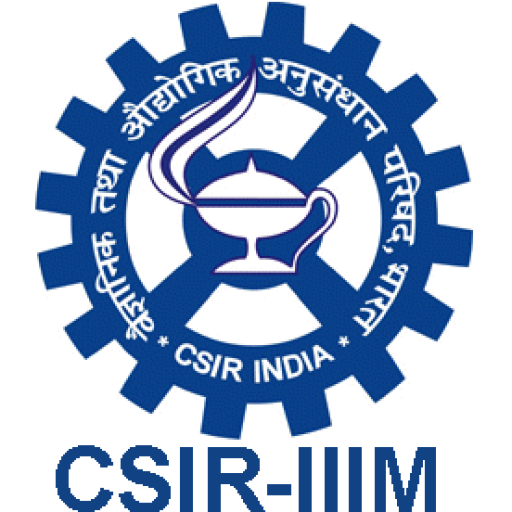CSIR-IIIM,28 August 2024
Article Link(Natural Science News):
Key Findings
- The study by CSIR Indian Institute of Integrative Medicine introduced a mutation in the CstLcyB2a enzyme of Crocus sativus, enhancing crocin production.
- The mutation at position A126 in CstLcyB2a increases β-carotene formation, boosting apocarotenoid biosynthesis in saffron.
- Transgenic plants with the mutation showed better growth and photosynthesis, suggesting potential for improved crop productivity and quality.
Crocus sativus, commonly known as saffron, is renowned for its unique apocarotenoids such as crocin, picrocrocin, and safranal. These compounds are responsible for saffron’s distinctive color, flavor, and aroma, making it a valuable crop. Enhancing the biosynthesis of these apocarotenoids can improve the quality of saffron and increase its resilience to changing climatic conditions. A recent study conducted by the CSIR Indian Institute of Integrative Medicine has made significant progress in this area by introducing a novel mutation in the stigma-specific lycopene-β-cyclase of Crocus (CstLcyB2a)[1].
Lycopene-β-cyclase is an enzyme that plays a crucial role in the carotenoid biosynthetic pathway. Carotenoids are pigments found in plants that are essential for photosynthesis and provide important nutrients to humans, such as vitamin A. In Crocus sativus, lycopene-β-cyclase converts lycopene into β-carotene, a precursor for the synthesis of apocarotenoids. The study introduced a mutation at position A126 in the CstLcyB2a enzyme, which sterically hinders its binding of δ-carotene without affecting lycopene binding. This mutation diverts the metabolic flux towards β-carotene formation, thereby enhancing the production of apocarotenoids.
Previous studies have provided insights into the genetic and biochemical mechanisms underlying carotenoid biosynthesis in Crocus species. For instance, the genomic structures of two lycopene-β-cyclase genes, CstLcyB1 and CstLcyB2a, were characterized, revealing their distinct expression patterns in different C. sativus tissues[2]. It was found that CstLcyB2a is specifically expressed in flower stigmas, where it activates and boosts β-carotene accumulation[2]. Additionally, the carotenoid cleavage dioxygenase CCD2 was identified as a key enzyme in crocetin biosynthesis in saffron, further elucidating the pathway of apocarotenoid production[3].
Building on these findings, the recent study demonstrated that the A126L-CstLcyB2a mutation enhances the biosynthesis of crocin when transiently expressed in C. sativus stigmas. Furthermore, stable expression of A126L-CstLcyB2a in Nicotiana tabacum, a model plant, resulted in increased accumulation of β-branch carotenoids and phytohormones such as abscisic acid (ABA) and gibberellic acids (GA’s). These phytohormones play important roles in regulating plant growth and development. The transgenic N. tabacum lines exhibited better growth performance and improved photosynthetic parameters, including maximum quantum efficiency (Fv/Fm) and light-saturated capacity of linear electron transport.
The study also explored the effects of exogenous application of hormones and their inhibitors on biomass production. It was found that a higher ratio of GA4/ABA positively influenced the biomass of both wild-type and transgenic plants. This suggests that manipulating the levels of these phytohormones can enhance plant growth and productivity.
In summary, the introduction of the A126L mutation in the CstLcyB2a enzyme represents a significant advancement in the metabolic engineering of the carotenoid pathway in Crocus sativus. By diverting the metabolic flux towards β-carotene and apocarotenoid biosynthesis, this mutation enhances the production of valuable compounds such as crocin. The findings from this study provide a platform for the development of new-generation crops with improved productivity, quality, and stress tolerance. This research not only contributes to our understanding of carotenoid biosynthesis but also offers practical applications for enhancing the quality and resilience of saffron and other crops.
 Screen Reader Access
Screen Reader Access

